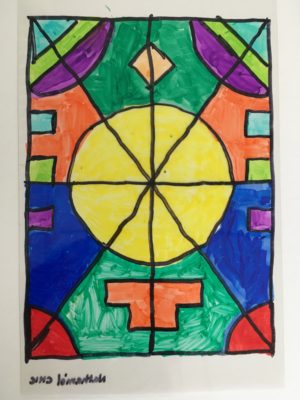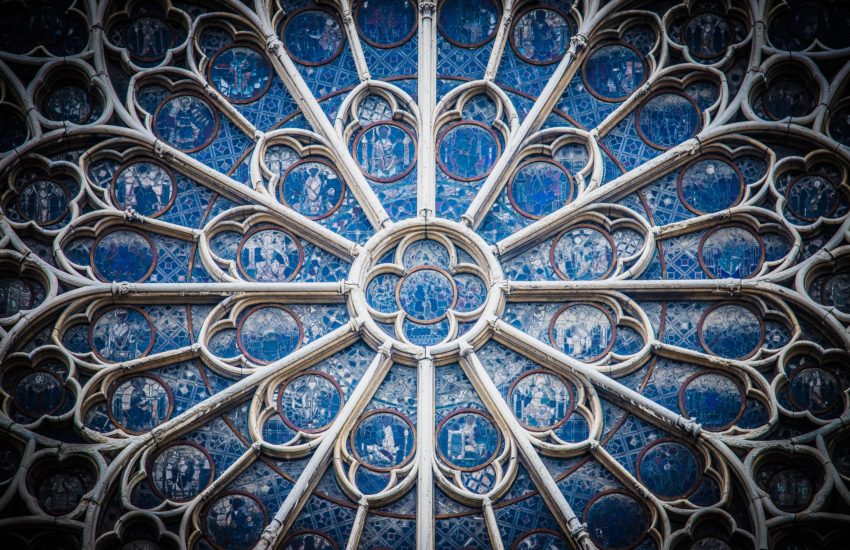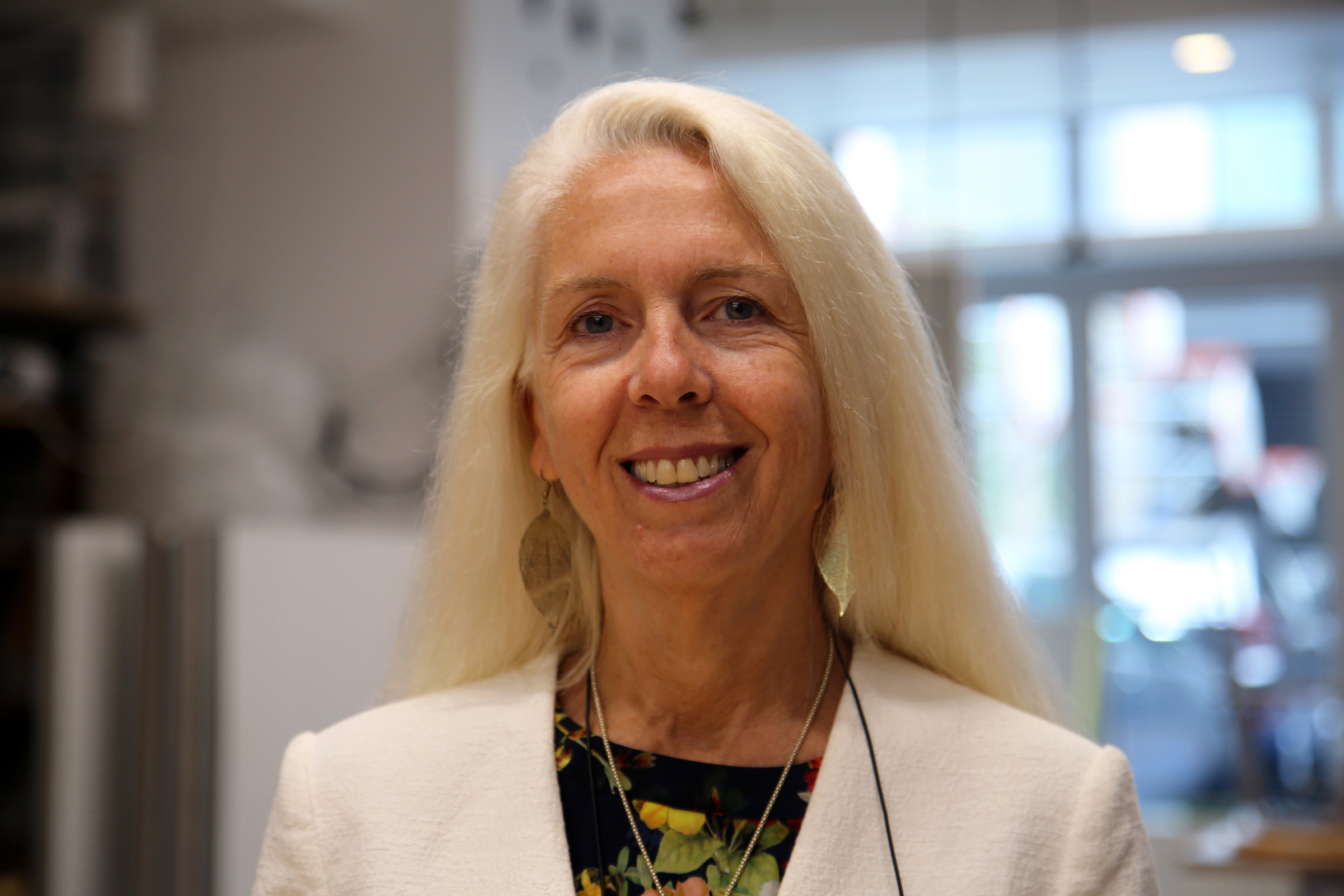Many members of our community this past week have expressed a powerful surge of emotion attached to the beautiful Notre-Dame de Paris. Along with all of you, I was glued to the news on Monday as reports came in that the cathedral was on fire.
I was 16 the first time I saw Notre-Dame. My close friend and I were visiting Paris—avid students of art history and architecture. Walking through the church’s vaulted doors brought all of the city’s history to life for our imaginations. It was a spiritual moment. No matter what one’s beliefs are, to touch the stone walls of that 830-year-old Gothic cathedral and to stand in the light as it pours through its lofty rose windows is awesome.
 Since then, Notre-Dame has become an emblem of hope for me, a flame that helps me feel at home in Paris whenever I enter the city from the airport. In the many years our family lived in Paris I visited it often. I have taken my children and nephews and nieces there, and I have listened to colleagues share memories of how the tolling of the bells can sound so peaceful and bring respite during difficult times.
Since then, Notre-Dame has become an emblem of hope for me, a flame that helps me feel at home in Paris whenever I enter the city from the airport. In the many years our family lived in Paris I visited it often. I have taken my children and nephews and nieces there, and I have listened to colleagues share memories of how the tolling of the bells can sound so peaceful and bring respite during difficult times.
As an educator, I am fascinated by how the cathedral intersects with many vectors of scholarship: Victor Hugo’s Notre-Dame de Paris (The Hunchback of Notre Dame) for students of literature, its buttresses and arches for students of architecture, and the stunning 7,800-pipe organ for music lovers. The list goes on.
Here at the Lycée, every year, fourth-grade students learn about Notre-Dame in their study of the Middle Ages. As part of their related art classes, they examine its gargoyles and stained-glass windows, which offer a glimpse into geometry, symmetry and light. Seventh-grade students examine the building’s innovative use of flying buttresses and discuss Notre-Dame’s role in democracy and civic pride, through many eras of French history.
The Lycée’s student translation club has just finished work on excerpts from Hugo’s Notre-Dame de Paris:
“Le sourd s’était accoudé sur la balustrade à la place où était l’archidiacre le moment d’auparavant, et là, ne détachant pas son regard du seul objet qu’il y eût pour lui au monde en ce moment, il était immobile et muet comme un homme foudroyé, et un long ruisseau de pleurs coulait en silence de cet oeil qui jusqu’alors n’avait encore versé qu’une seule larme.”
“The deaf hunchback leaned upon the balustrade at the place where the archdeacon had been the moment before, and there, without detaching his gaze from the only object in the world that existed for him in that moment, he was immobile and mute like a man struck by lightning, and a long stream of tears flowed in silence from that eye that until now had never shed a single tear.”
These learning opportunities for our students illuminate, to me, many insights about our community, and why Notre-Dame means so much to so many of us. Let us not forget that the building was ransacked during the French Revolution, and fortified in the 19th-century by Eugène Viollet-le-Duc. Its structure survived being bombed during the First World War, and its bells were rung on August 24, 1944, when Paris was liberated from the Nazis. Notre Dame de Paris’ history is our history: cosmopolitan and of the world.

Today, Notre-Dame is visited by more than 12 million people from across the planet every year—proof that, as an historic and cultural monument, its importance transcends any one nationality or religion. The cathedral stands as a symbol for peace and harmony. It stands as a symbol for France and for Paris, and—just like Paris—it is a place where cultures meet. These are also values upheld by the Lycée.
Hannah Arendt wrote in The Human Condition that the meaning of an age comes from the rare and exemplary acts that define it. That is why I was moved to see how bravely and swiftly the firefighters worked to save the Notre-Dame’s structure and artwork. I am also delighted to learn that the money raised by well-wishers will go to uniting the most skilled restoration artists available for Notre-Dame de Paris’ rebuilding and also invest in the training of a new generation of artisans in the French tradition. These artisans will have the resources to train even more scholars and craftsmen, not just from France but from across the world. Perhaps, then, the training will help ensure that the patrimoine of communities around the world will be cared for and protected as part of the legacy of our human history.
Let us celebrate our global community’s amazing spirit of resilience, unity, collaboration and understanding—which transcends national boundaries, in order to protect what is good and beautiful.
The Director of our Cultural Center, Pascale Richard, reminds us in her recent social media posts, that there is a poem by the French romantic writer Gérard de Nerval that resonates perfectly on this occasion:
Notre-Dame est bien vieille : on la verra peut-être
Enterrer cependant Paris qu’elle a vu naître.
About the Author :
In August 2018, Audrey Peverelli joined the Lycée Français de New York as the eighth head of school in the institution’s 80+ year history. She is a quadrilingual international educator par excellence, with a 30-year career as teacher, director and founder of bilingual schools around the world, including in France, Switzerland, Venezuela and Brazil.


